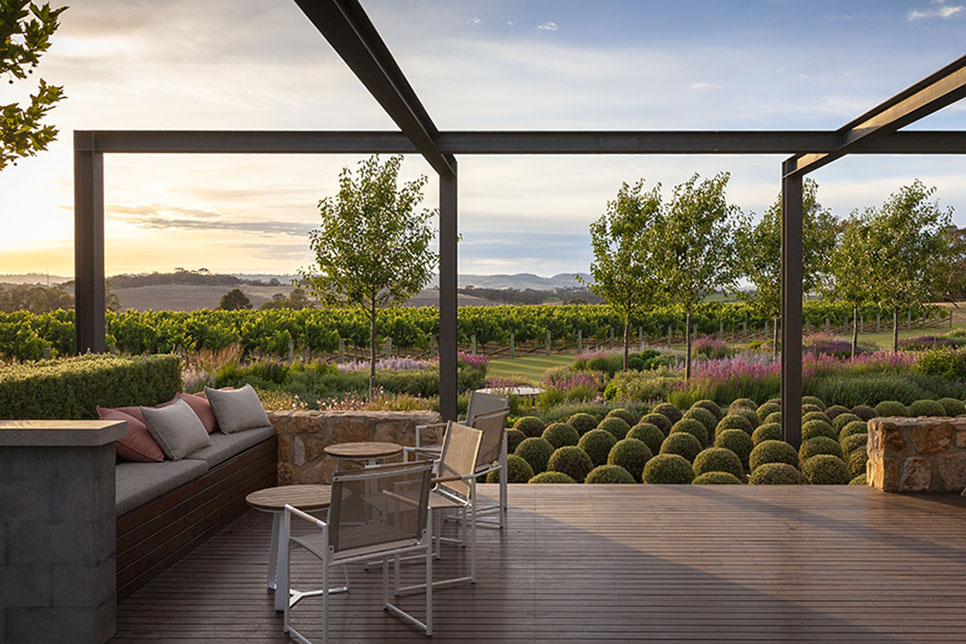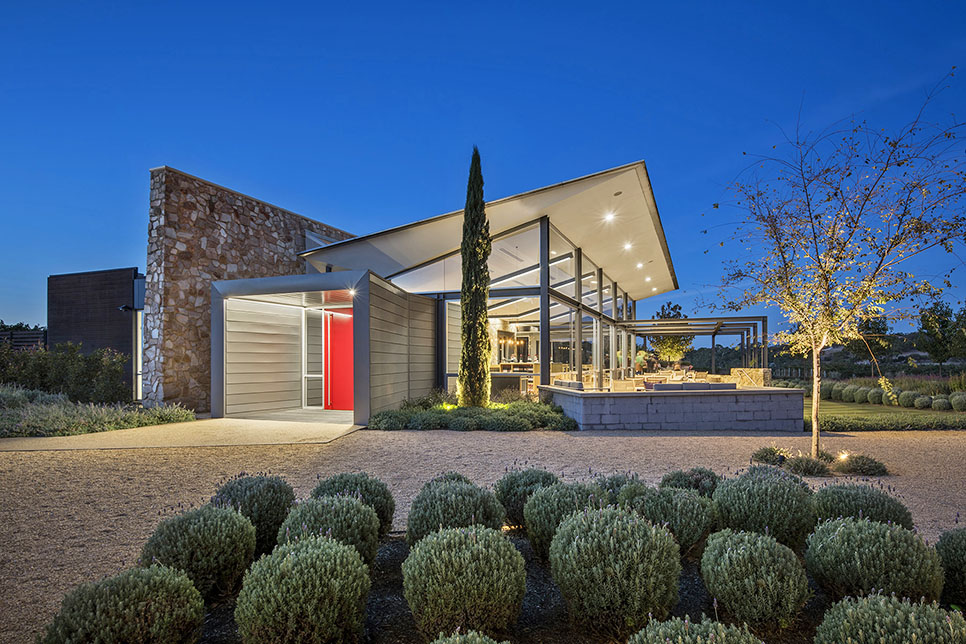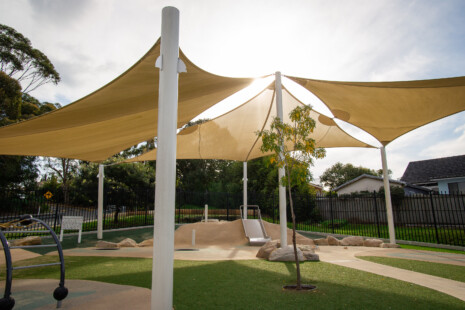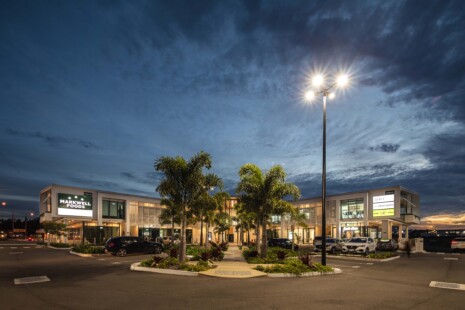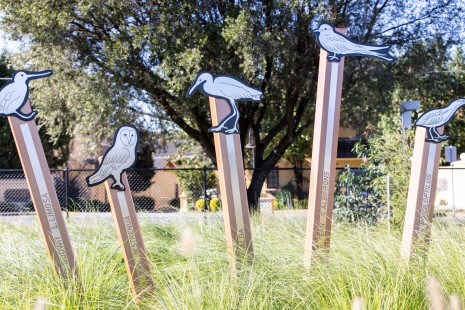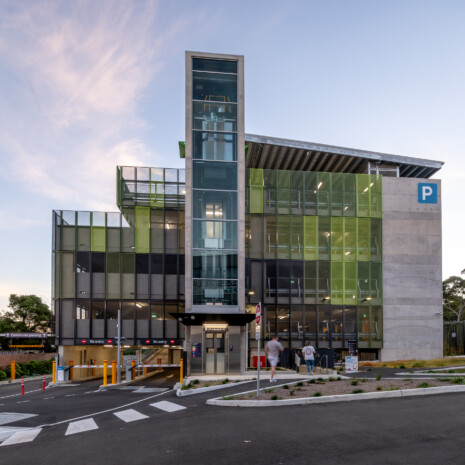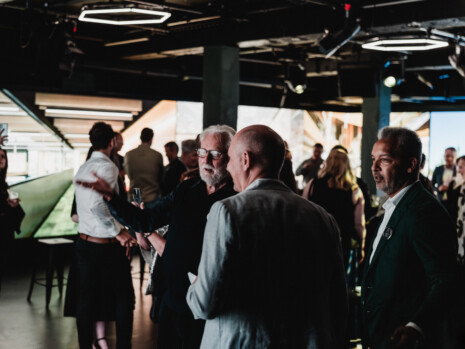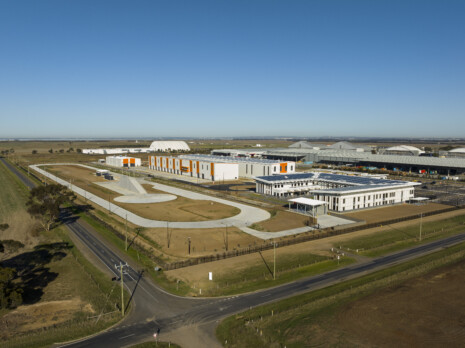
A Sophisticated Blend of Architecture, Landscape and Wine
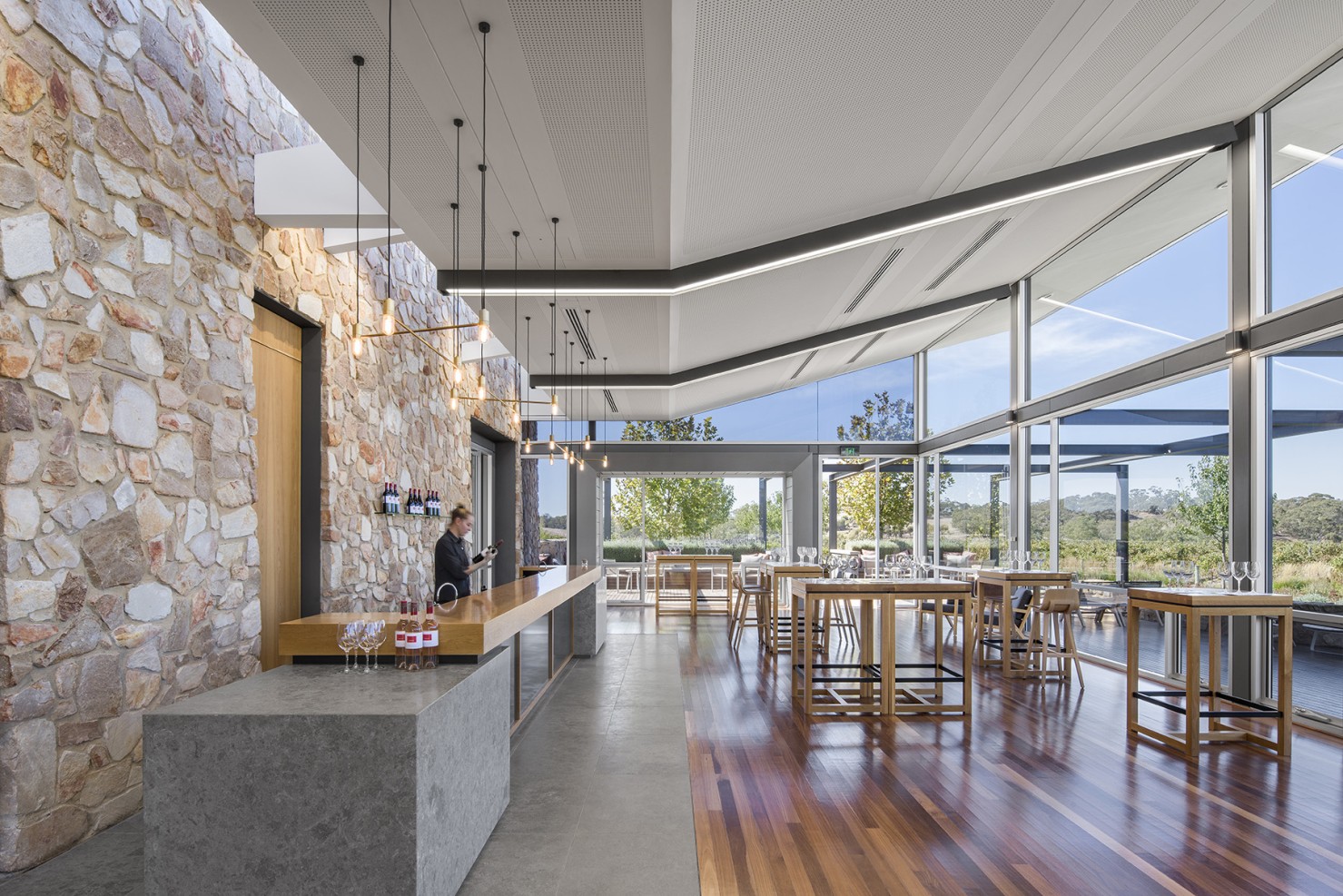
DesignInc Director, Richard Stafford, originally designed Barossa Valley Estate’s facility in 1999. Twenty years on, the bones of the pavilion-style building were strong, with a stone spine wall and views of the ranges to the southeast and village to the north. However, the interior needed a refresh and spaces lacked connection with their surrounds. DesignInc had the opportunity to revitalise and modernise the building and worked with landscape designer Paul Bangay to create a setting that embodies and enhances the Barossa Valley Estate wine and brand experience.
The experience begins at the curving driveway that meanders through the landscape, revealing and framing different views which create a sense of journey and arrival. An imposing stone wall at the end of the carpark mimics the spine wall and passing through a small opening in this wall reveals a view of the cellar door and landscape. Decks, terraces and arbours connect and integrate the building with its surrounds. A bright red door invites the visitor to step inside.
The warm and sophisticated interior is light and airy. DesignInc simplified the layout to create an open-plan area with views from every position. A limestone tasting counter in front of the stone wall welcomes visitors to begin their wine experience. Furniture and furnishings define various spaces, including low and high tables for sitting and relaxing or stand-up tastings. Barossa Valley Estate’s flagship wine, E&E Black Pepper Shiraz, is displayed in an intimate room connected to the main cellar door space. External areas offer settings for small and large groups to gather, taste the wine and take in the views.
Traditional Barossa materials are used in a contemporary way. American oak, limestone and concrete complement the original palette and closely align with the vision for Barossa Valley Estate. The materials extend into the landscape, with stone pergola columns and limestone paving. This careful attention to detail that flows between the built form and the landscape embeds the building with a strong sense of place.
It was very rewarding to revisit and refresh a building that was an important project early in my career. The wine industry has evolved significantly since the building was originally designed in 1999, and consumer expectations are higher. The new facility offers a bespoke experience which reflects the brand vision to connect the wine to a sense of place within the Barossa.
Richard Stafford
Director, DesignInc Adelaide
